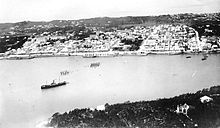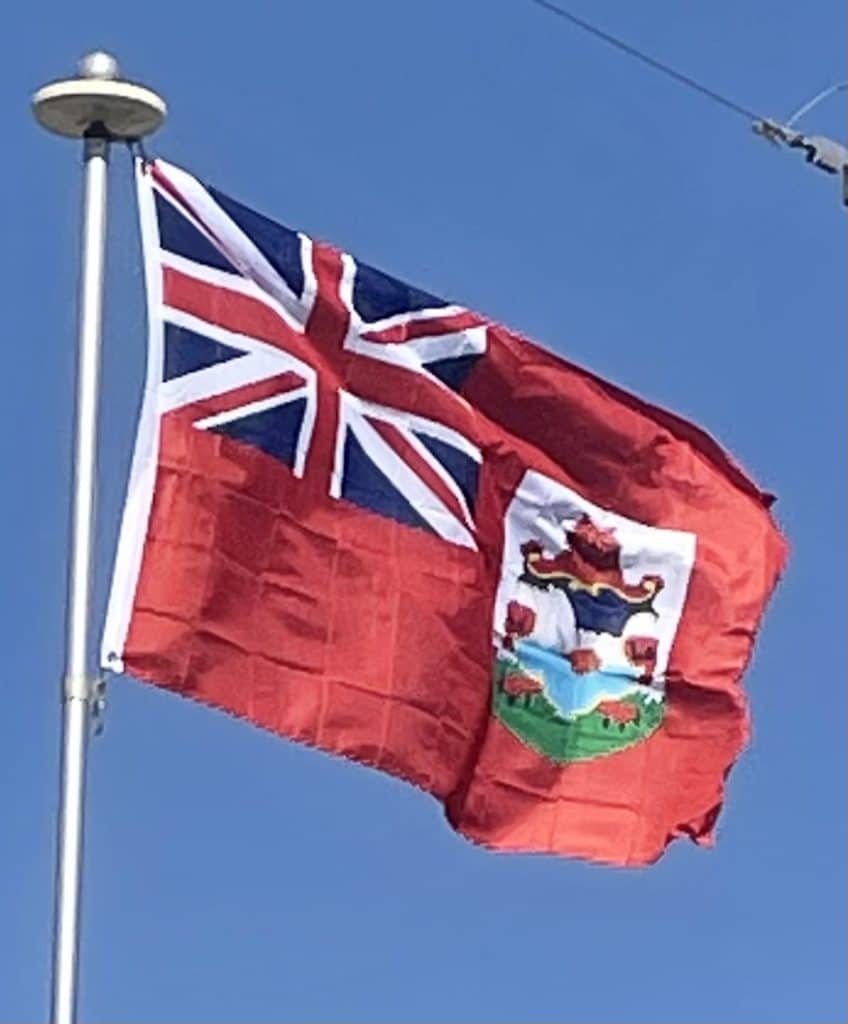
In the early 20th century, as modern transport and communication systems developed, Bermuda became a popular destination for American, Canadian and British tourists arriving by sea. The US Smoot–Hawley Tariff Act of 1930, which enacted protectionist trade tariffs on goods imported into the US, led to the demise of Bermuda’s once-thriving agricultural export trade to America and encouraged development of tourism as an alternative source of income. The island was one of the centers for illegal alcohol smuggling during the era of Prohibition in the United States (1920–1933).
A rail line was constructed in Bermuda in the 1920s, opening in 1931 as the Bermuda Railway. Although popular, its high operating costs and the introduction of automobiles to the islands doomed the line, which was abandoned in 1948. The right of way is now the Bermuda Railway Trail.


